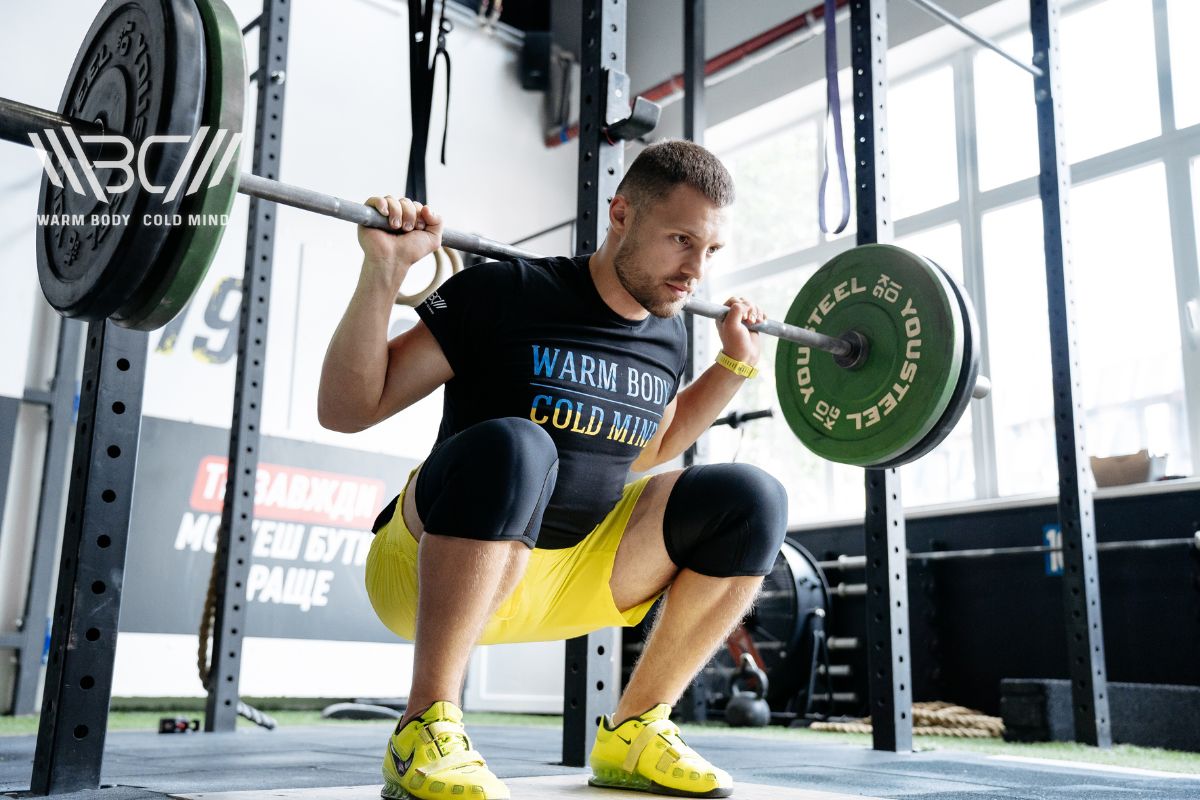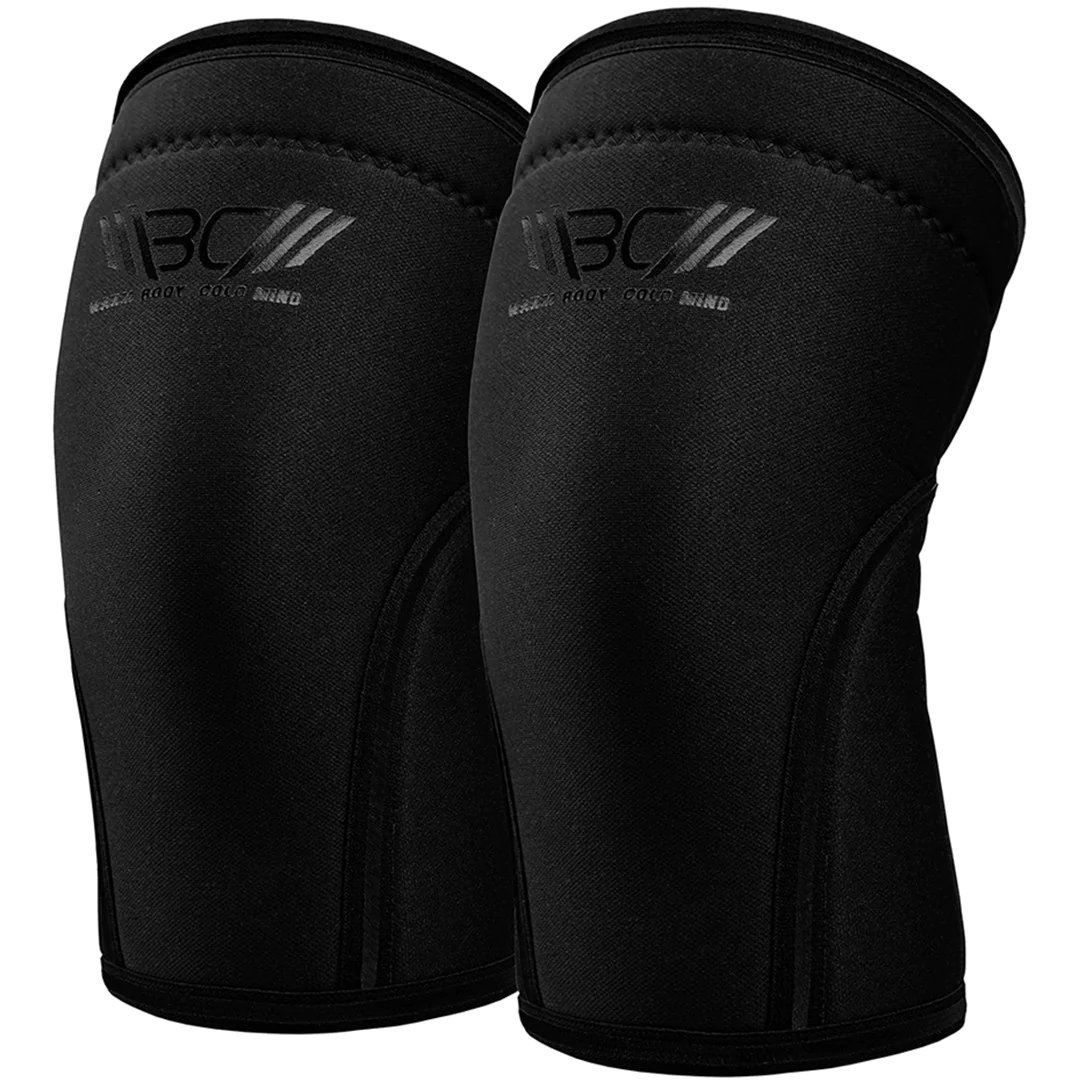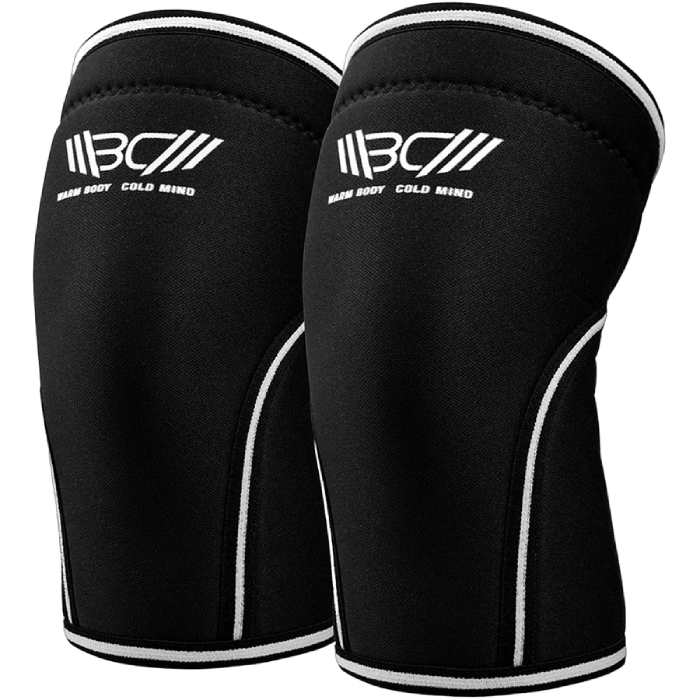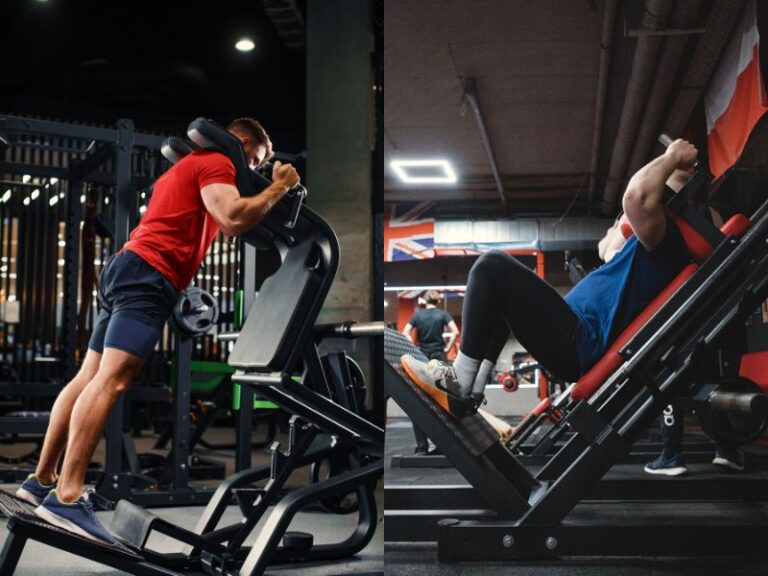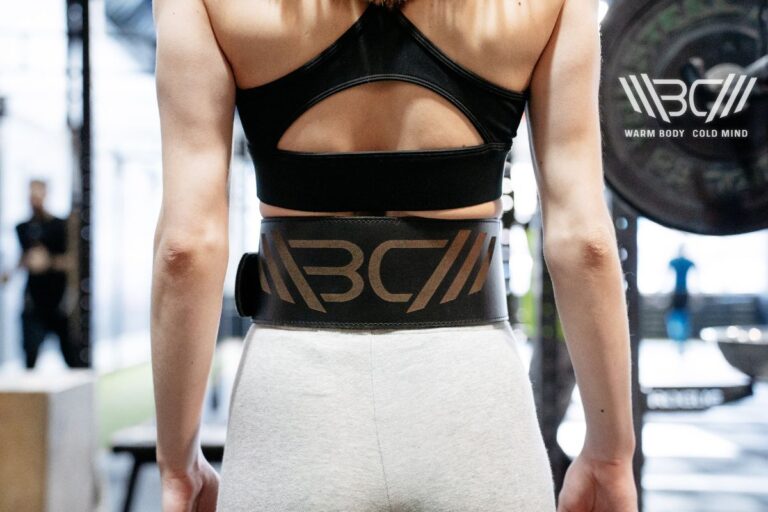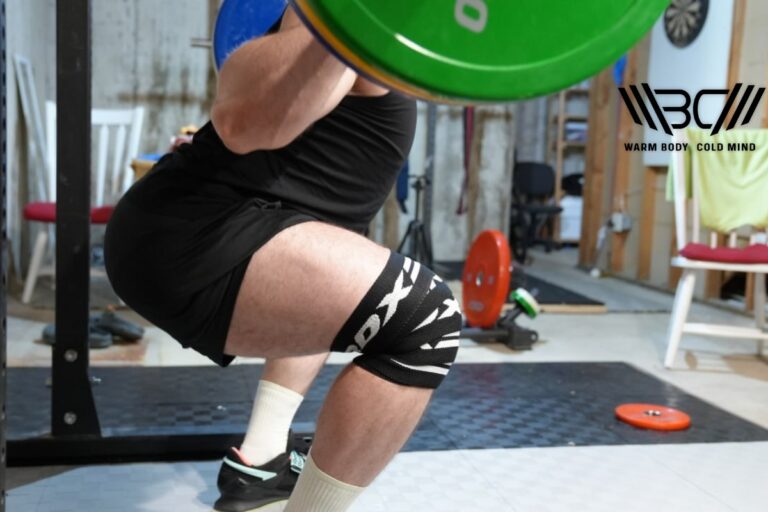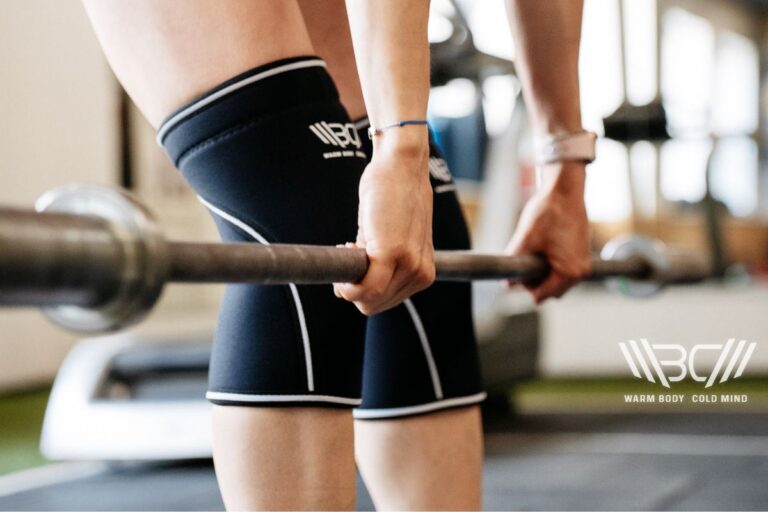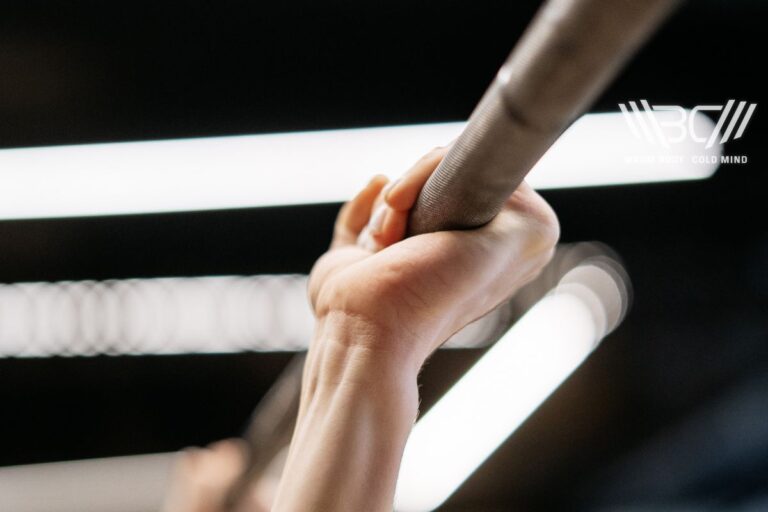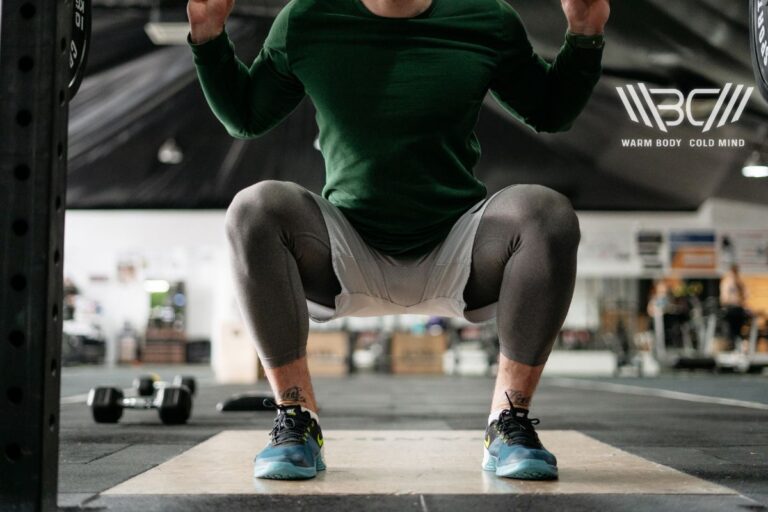How To Improve Squat Mobility: 8 Simple Exercises
Squats are the perfect exercise to strengthen your glutes, quad, hamstrings, and calves. They’re also known to boost your jumping ability and core strength.
Unfortunately, many gym lovers struggle with squat mobility. That makes it difficult to adopt the correct form and maximize your benefits.
It’s why you’re looking at how to improve squat mobility. Fortunately, we can help you get the most out of your squat.
How To Improve Squat Mobility – We will show you how to improve squat mobility. You’ll discover the best exercises and stretches to improve squat mobility, plus an array of mobility drills for squats. You’ll also learn how to test your current squat mobility and why it’s important to improve it.
Squat Mobility: What Is It, Why Is it Important?
Squats involve you bending your knees while keeping your back straight. Initially, most people start without weights. As you get more confident, you’ll add dumbbells and eventually use a barbell.
That’s when it’s essential to have proper form.
Squat mobility refers to your ability to bend low in the squat position. The closer you get your bottom to the floor, without touching, the more your body will benefit.
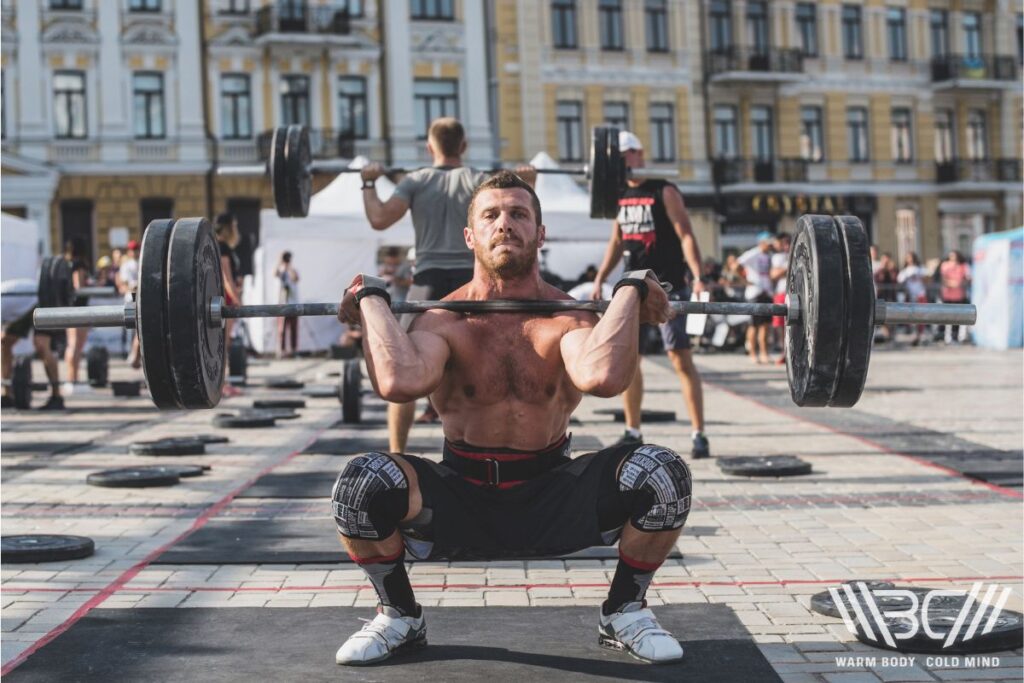
It’s not just about getting stronger or being able to lift heavier items. Improving your squat mobility will help you in daily life.
Poor squat mobility means you’ll only manage shallow squats. You’ve likely got some muscle weakness or imbalance. You may also have tight hips, something that could lead to an array of other issues as you age. One of the most common reasons for this is a sedentary lifestyle.
Focusing on how to increase squat mobility and the best squat mobility exercises, or mobility drills for squats, means you’ll start to notice the following benefits.
1. Stronger Legs
The most obvious benefit is stronger legs. The squat targets the glutes, quads, hamstrings, and calves. This will help you lift heavier, run faster, and perform daily tasks, such as climbing stairs, better.
According to studies, it will improve the strength and stability of your lower body.

7mm Weightlifting Knee Sleeves
Discover the ultimate support with Warm Body Cold Mind knee sleeves providing stability and comfort.
2. Improved Jumping Ability
Stronger legs mean you’ll be able to jump higher. That’s useful in sports but can also be a practical skill in a variety of situations.
Studies show that increased squat mobility leads to deeper squats. This improves your body’s ability to develop force.
3. Better Core Strength
The squat works multiple muscles. Weighted squats increase the tension in your body. In both scenarios, your body is working hard to maintain balance while completing the movement.
That means the squat has a direct effect on your core, strengthening it and your lower back in the process.
Naturally, a stronger core will help you retain balance, which means you’re less likely to fall over and injure yourself.
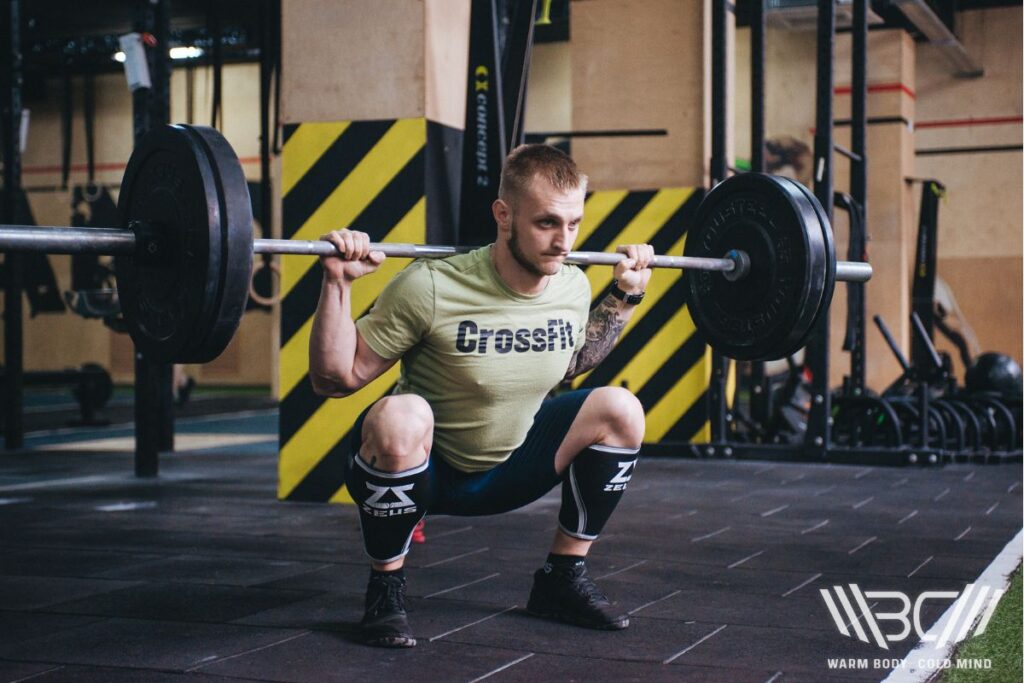
4. Boosted Fat Burning
Burning excess fat is essential if you want to maintain peak physical fitness. The majority of compound exercises, including the squat, can help you burn fat.
The squat is particularly effective as it works many muscles, burning many calories in the process. But, it also encourages the maintenance of lean muscle, which increases your metabolic rate and fat-burning ability, even when you’re not exercising.
5. Reduced Likelihood Of Injuries
Injuries are often caused by falls or by incorrect technique when squatting or undertaking any exercise.
Learning how to increase squat mobility will improve the stability of your knee and hip joints. This can resolve a lot of the imbalances in your body and reduce the likelihood of injury.
It’s worth noting that the squat can also be used to identify imbalances and deficits in mobility. Knowing what the issues are makes it easier to rectify them.
Of course, once you start building stronger joints and experiencing these benefits you’ll also feel more confident. That can help you conquer a variety of social situations.
How To Test Your Squat Mobility?
Before you can start looking at how to improve squat mobility, you need to be aware of what your current level of mobility is. There are several ways you can do this.
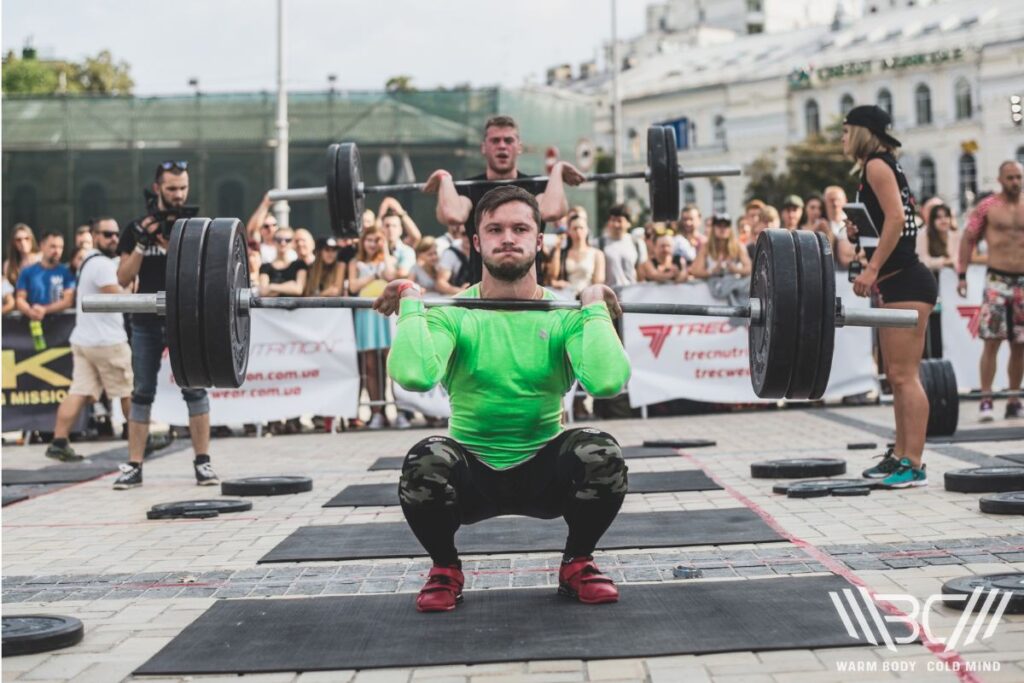
1. The Hip Screen
No, you’re not trying out for Hollywood. The screen test is an excellent way to assess how mobile your hips are. They’re an integral part of your squat.
If your hips aren’t mobile then you’ll find your knees start to bow inward and you’ll struggle to keep a straight back.
The screen is very simple:
- You’ll need to lie on your back on a bench, your knees should be bent allowing your feet to dangle, without touching the floor.
- Bring one knee up to your chest and hold for several seconds.
- Switch legs and bring the other knee to your chest.
That’s it! There are 4 elements you need to verify.
- Your knee makes it to your chest
- The other leg stays flat on the bench through the movement
- Your non-bending leg remains straight
- The knee of the hanging legs remains relaxed.
If you get all four you’ve got good hip mobility for your squat.
2. Ankle Mobility Test
Your ankles play an important part in your squat. Good strength and mobility in an ankle prevent your knees from bowing inward. That’s not just bad form, it can cause an injury.
- Kneel on one knee in front of a chair with a straight leg. If you haven’t got such a chair then use the wall
- Make sure your other leg is bent at the knee with your foot flat on the floor. It should be four or five inches from the chair
- Gently move your knee toward the chair, you want the knee to touch but your foot must remain flat on the floor
- Make sure your hip doesn’t rotate out, keep your leg in the same line.
- Repeat for the other leg
If you’re unable to get your knee to the chair then bring the chair closer and try again until you can. However, if you can’t do it at four to five inches, you have an ankle mobility issue.
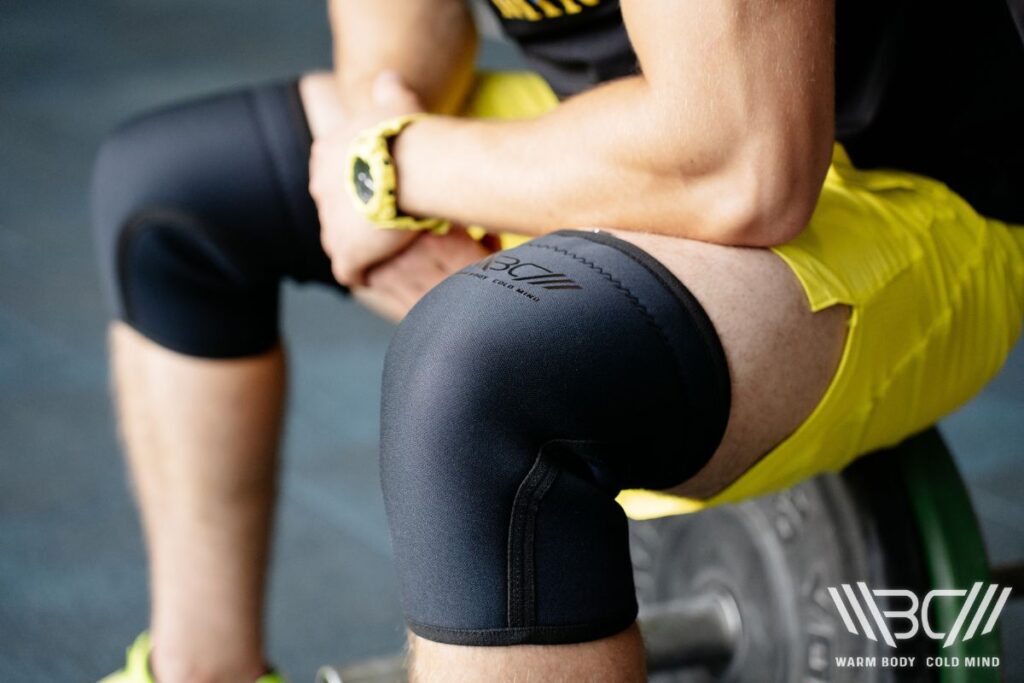
3. Testing Thoracic Mobility
Your back needs to stay straight as you squat. To ensure this is the case you need upper back mobility. The Thoracic mobility test checks this.
- Sit on your knees on the floor with your bottom touching your heels
- Lean forward and place one forearm on the ground in front of you. Keep your bottom against your knees
- Put your other arm behind your back
- Rotate your body toward the hand behind your back
- If you can rotate 50° from the ground you have good mobility
- Repeat for the other arm
2 Best Exercises To Improve Ankle Flexibility And Mobility During Squats
If you’ve encountered an issue with any of the mobility tests then you’ll want to complete the following squat mobility exercises. In fact, squat mobility stretches and exercises can be beneficial even if you already have good mobility.
1. Dorsiflexion With Resistance Band
You’ll need a space to sit on the floor, ideally on a mat, and a resistance band. You’ll also need something to attach the resistant band to. Start with a low resistance and work your way up.
- Sit on the floor with one leg out in front of you, the other leg can be straight or bent
- Put the resistance band around your outstretched foot. It should sit around the arch and wrap around the ankle.
- Keep your toes pointing to the sky while you do this to ensure maximum resistance
- Place your hands on the floor behind you for support
- Point your toes forward as far as you can, moving them slowly, then return to the starting position.
You’ll want to repeat this five times before switching feet. Ideally, aim for three sets of five. If it’s too easy use a stronger resistance band.
This is a great way to strengthen ankles, effectively improving mobility.
2. Bench Ankle Stretch
One of the best squat mobility stretches for ankles only requires you and a box or bench! It doesn’t need to be higher than knee height. This one will strengthen your ankle and improve your entire squat.
Here’s how you do the bench ankle stretch:
- Put one foot flat on the bench or box
- Put your other leg behind you with your toes flat on the floor
- Now drive the raised knee forward, moving it past your foot flat on the box
- Hold the forward position for a count of five then slowly return to the start
Repeat this five times then switch legs. Pause, then repeat to complete three sets of five.
You should note if you want to feel more stability and support in your knees when squatting use our weightlifting ‘knee sleeves’.
Here at WBCM we’re dedicated to designing and manufacturing the highest-quality products. Our knee sleeves compress against the knee to support the bones and the ligaments, while giving you additional confidence.
2 Best Exercises To Improve Hip Flexibility And Mobility For Squats
1. Foam Rolling
This is a good hip mobility exercise if you feel lower back pain or notice internal rotation while squatting.
All you need is a little space and a foam roller or lacrosse ball.
- Put the foam roller on the ground near the top of your leg, but not under the hip bone
- Drop into the starting position for a press up and lower one leg to the hip roller
- Slowly roll your hip back and forward across the roller
- Do this for at least 30 seconds before switching legs
It releases tension in your hip, relaxing muscles and helping improve mobility
2. Laid Back Hip Rotations
- Lie on your back on the ground with your knees bent and feet flat on the floor
- Slowly lift one leg, bending at the knee
- Place the ankle of the lifted leg on top of the other knee
- Now gently slide your ankle up and down the knee
- Do this for 30 seconds then switch legs
If you struggle with tight glutes you can push down lightly on your knee while doing the above squat mobility stretch.
2 Best Exercises To Improve Thoracic Mobility For Squats
Your thoracic is effectively your spine and it’s essential to everyday movements, including squats. To perfect the squat, you need a neutral spine. The following exercises can help you achieve this.
1. Self-Mobilization
This is a simple yet surprisingly effective exercise to improve thoracic spine mobility and your squat.
You’ll need two tennis or lacrosse balls, some tape, and a little space.
- Start by taping the tennis or lacrosse balls together
- Now lie on your back and cross your arms in front of you (it brings your shoulder blades out
- You can then position the taped balls under your spine between your shoulder blades. The balls should be side-by-side horizontally, not vertically
- Now lift your shoulders off the ground, it only needs to be two or three inches
- Hold for three to five seconds then lower back to the starting position
- Repeat, you’ll want to do this 15 times
Take a 30-60 second rest then repeat twice more. Three sets of 15 is a good target.
You can move the balls up and down the spine to ensure you feel some stiffness as you perform the movement.
2. The Bench Stretch
You’ll need a bench or box and a roughly two-meter piece of PVC pipe.
- Kneel in front of the box/bench
- Grab the pipe with an underhand grip. Your hands should be wider than your shoulders
- Rest your elbows on the box/bench
- Now lower your hips towards your heels and move your chest downward
- You should feel the stretch in the middle of your back
- Hold the position for five seconds then return to the start
Repeat this five times to maximize your mobility improvements. Just remember to keep the movement slow.
2 Best Exercises To Improve Squat Depths
Being able to go into a deep squat will ensure your body gets the maximum benefit from every squat.
1. Slow-Eccentric Calf Raise
These are often used by people recovering from injuries to their Achilles, they are very effective at strengthening calves and ankles.
You’ll need something to place your toes on, an inch or so high. It’s also possible to do this on the edge of a step.
- Place the front part of both feet on the raised object, heels on the ground
- Slowly push yourself upward, keeping your toes on the object.
- The aim is it get your heel higher than your toes
- Hold for three to five seconds then lower back down
- Ideally, don’t let your heels touch the floor
You should do this ten times, pause for thirty seconds, then repeat twice more.
2. Lateral Band Walks
This exercise engages your glutes and strengthens all the muscles involved in squats. All you need is a little space and a resistance band.
You can use stronger bands as you master this exercise.
- Place a resistance band around your legs, just above the knees
- Keep the tension on the band as you start walking sideways
- Make sure you keep your body straight
- Take five steps to one side then go back the other way
- Repeat five times
You can then pause for thirty seconds and repeat it twice more.
FAQ
How Long Does It Take To Get Good Squat Mobility?
Each of the above stretches for squat mobility takes a few minutes. However, it can take several weeks before you’ll notice a difference in your squats.
Of course, the time it takes to get good squat mobility depends on how poor your current mobility is. Your aim should be to master these squat mobility stretches and make them part of your daily routine.
How Do You Increase Your Range of Motion for Squats?
The simplest way to increase your range of motion is to do the above exercises. These are stretches to improve squat mobility and generally strengthen your body.
Persistently doing these exercises will improve your range of motion, it just takes time.
Why Is My Squat Mobility Bad?
Squat mobility is generally bad because you have limited mobility in your hips, ankles, knees, and even lower back.
Unfortunately, this is an increasingly common problem and stems from a sedentary lifestyle.
The good news is you can change your habits and start doing mobility drills for squats. You’ll notice the difference.
Conclusion
Improving flexibility for squats is something that everyone should be doing. Squats are a powerful exercise which can improve mobility and balance in everyday life.
We’ve shared the best exercises to improve your squat mobility. Now it’s your turn, get your knee sleeves and start doing these exercises.
Then, share your thoughts, we want to know how you’re doing!
References:
- Esformes JI, Bampouras TM. Effect of back squat depth on lower-body postactivation potentiation. J Strength Cond Res. 2013 Nov;27(11):2997-3000. doi: 10.1519/JSC.0b013e31828d4465. PMID: 23442291.
- Hartmann H, Wirth K, Klusemann M, Dalic J, Matuschek C, Schmidtbleicher D. Influence of squatting depth on jumping performance. J Strength Cond Res. 2012 Dec;26(12):3243-61. doi: 10.1519/JSC.0b013e31824ede62. PMID: 22344055.
- Aspe RR, Swinton PA. Electromyographic and kinetic comparison of the back squat and overhead squat. J Strength Cond Res. 2014 Oct;28(10):2827-36. doi: 10.1519/JSC.0000000000000462. PMID: 24662228.
- Escamilla RF. Knee biomechanics of the dynamic squat exercise. Med Sci Sports Exerc. 2001 Jan;33(1):127-41. doi: 10.1097/00005768-200101000-00020. PMID: 11194098.
- Myer, G. D., Kushner, A. M., Brent, J. L., Schoenfeld, B. J., Hugentobler, J., Lloyd, R. S., Vermeil, A., Chu, D. A., Harbin, J., & McGill, S. M. (2014). The back squat: A proposed assessment of functional deficits and technical factors that limit performance. Strength and Conditioning Journal, 36(6), 4. https://doi.org/10.1519/SSC.0000000000000103
Author: Sergii Putsov
PhD in Sport Science, Olympic weightlifting, Strength & Conditioning coach and fitness expert
Sergii Putsov is a professional weightlifter with over 20 years of experience and multiple national medals. He was a member of the National weightlifting team, competing in the 94 kg weight class. Sergii holds a master’s degree in Olympic & Professional Sport Training and a Ph.D. in Sport Science. After his athletic career, Sergii transitioned into coaching and is now responsible for designing training programs, writing blog articles, providing live commentary for international weightlifting competitions, and hosting sport and fitness seminars worldwide.

